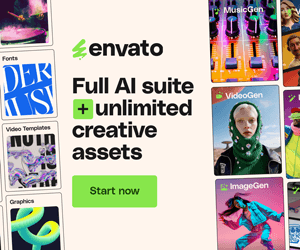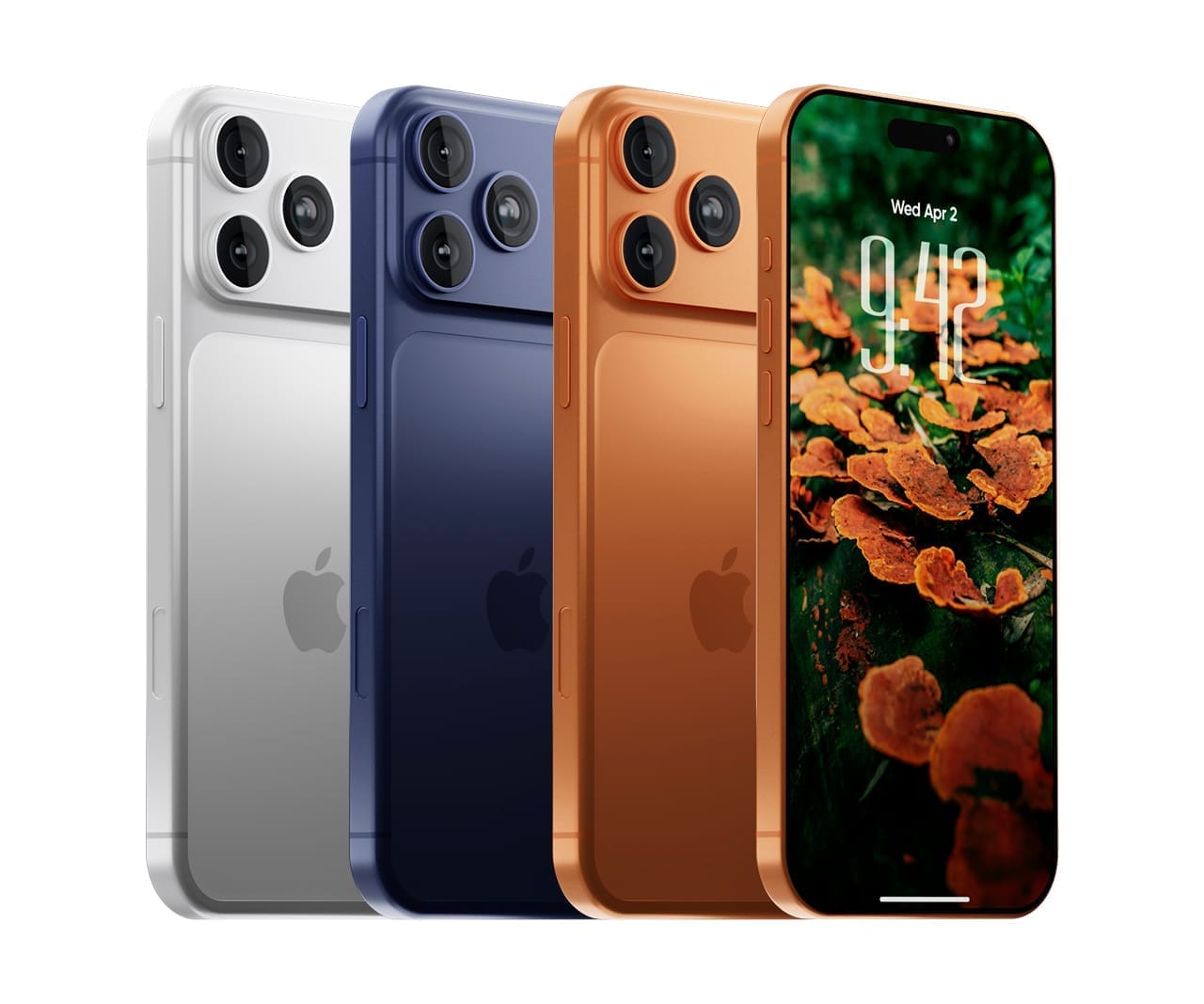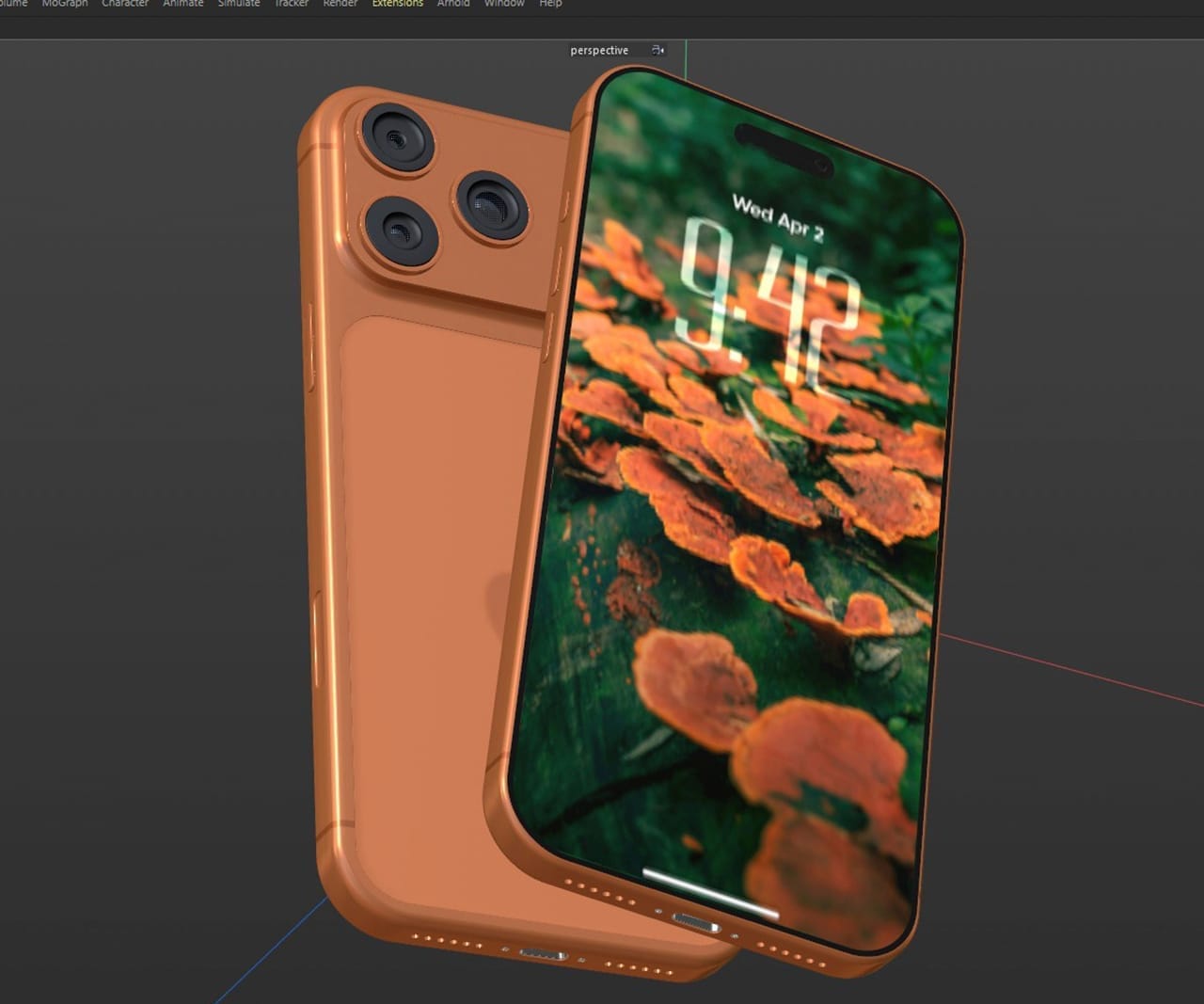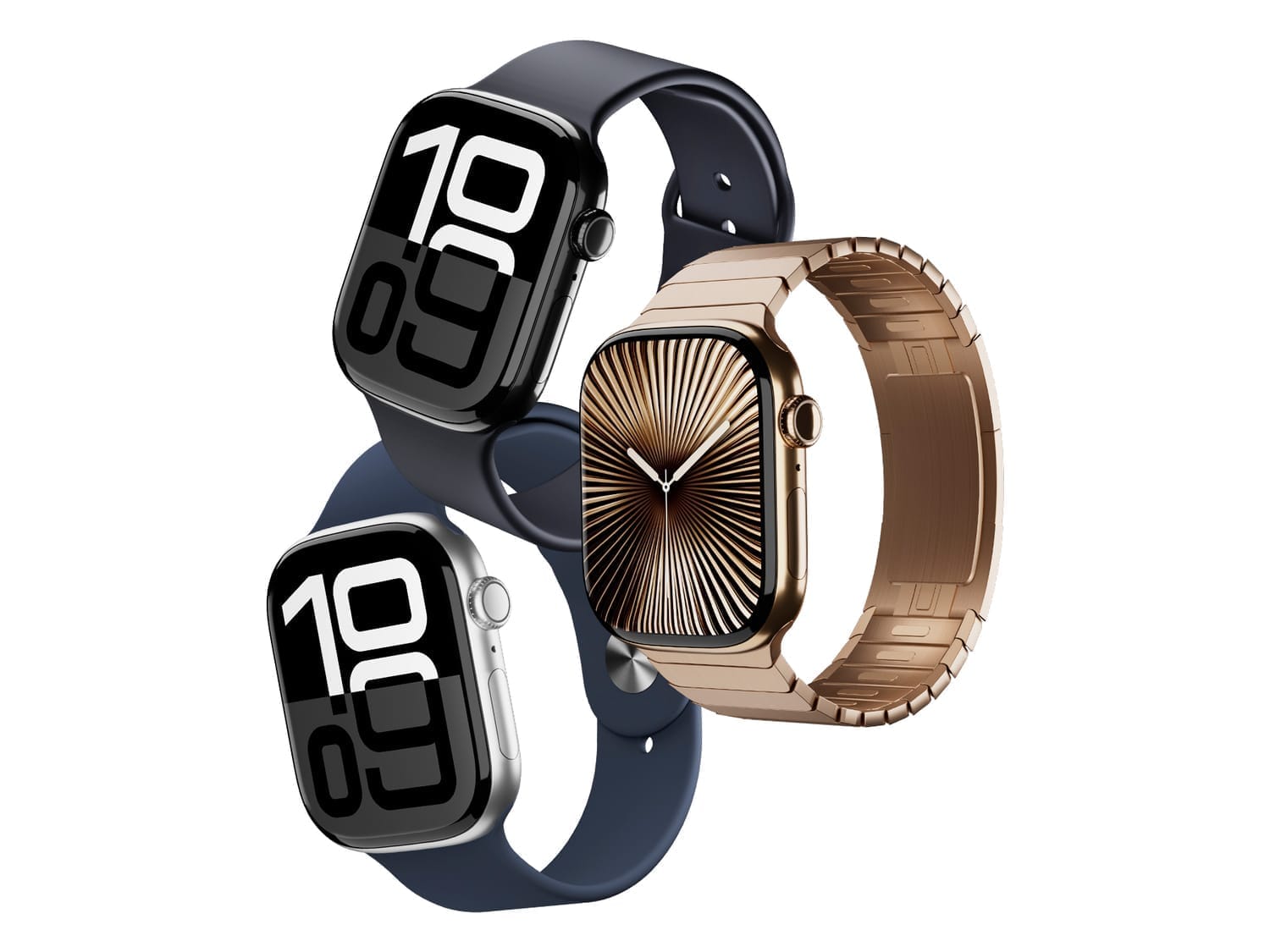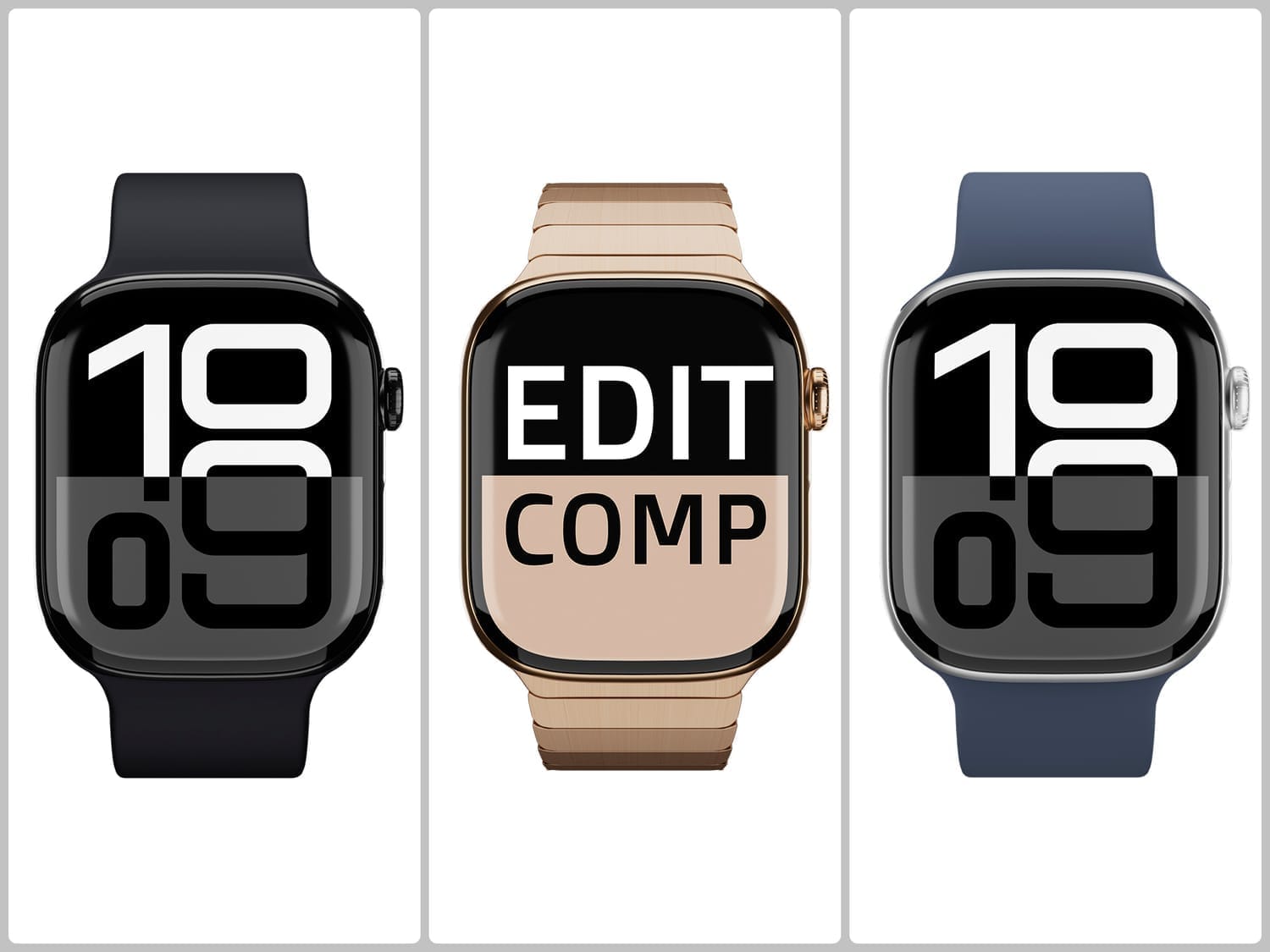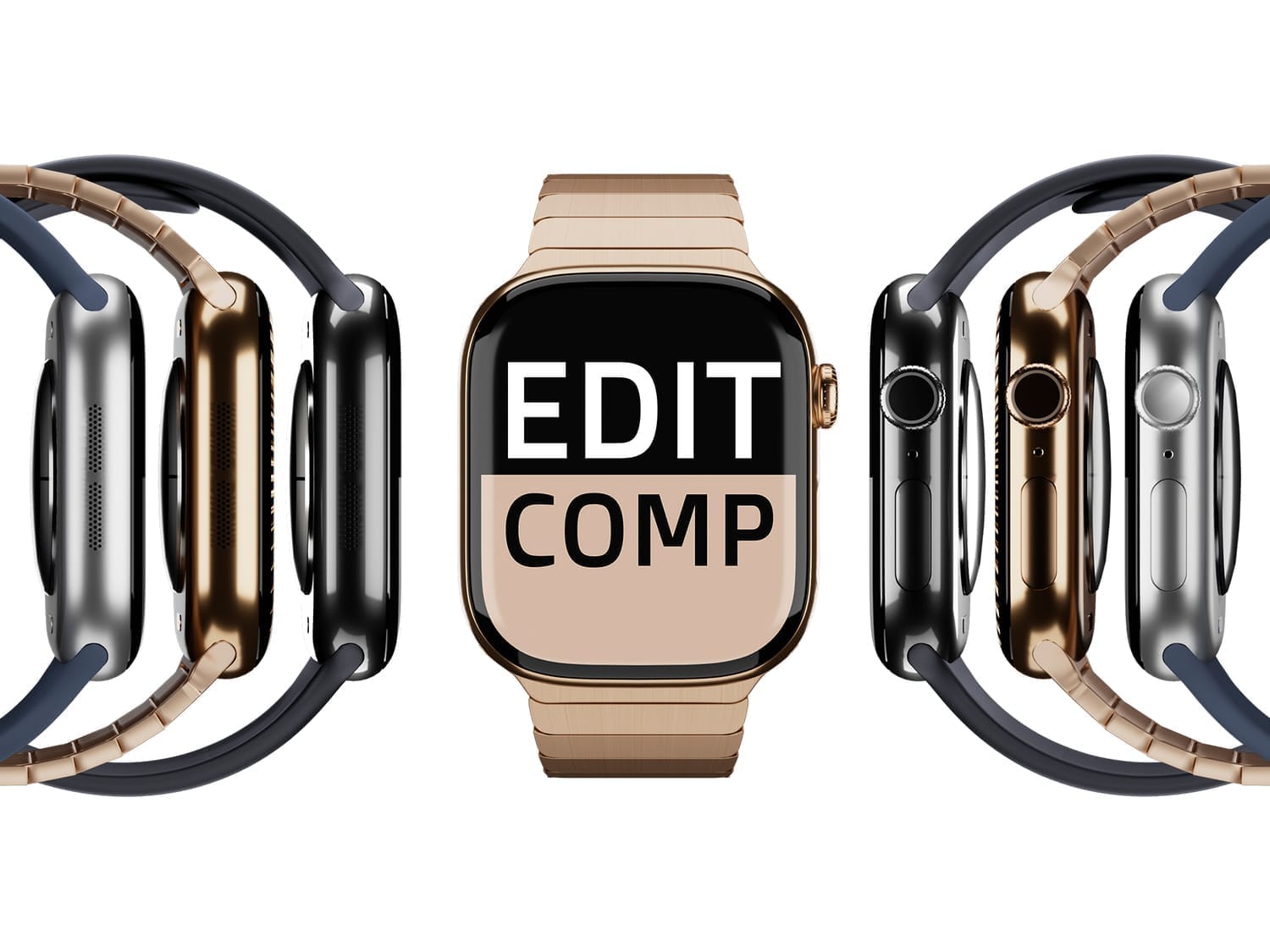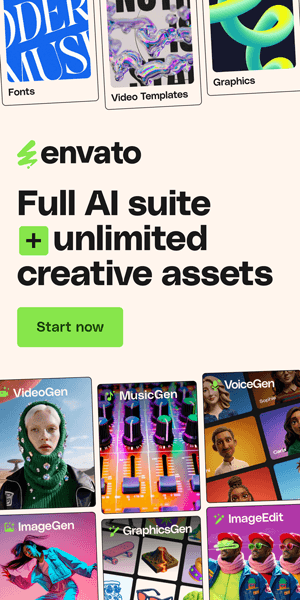Hyper-Realism: The Future of 3D Design for Immersive Digital & Print Visuals
The New Era of 3D Design
Step into almost any digital space today, and you’ll see it—a subtle shift from flat, two-dimensional visuals to something that feels more tangible. For years, 3D design has been a valuable tool, but in 2025, it’s no longer just an option; it's the standard. This isn't just about creating a cool logo or a product render; it’s about crafting hyper-realistic visuals that blur the line between the digital and physical worlds.
The rise of new software capabilities and powerful hardware has made it easier than ever for designers to create incredibly detailed, lifelike experiences. This new wave of 3D design is not just a passing trend—it's the future of how we engage with content, whether we're scrolling through a website, watching a commercial, or interacting with a brand. It’s about more than just aesthetics; it's about creating an immersive and memorable visual journey.
Why Hyper-Realism is Dominating the Visual Landscape?
The shift toward hyper-realism isn't happening in a vacuum; it’s a direct result of remarkable advancements in technology. The barrier to entry for 3D design has dropped dramatically, thanks to user-friendly software and more accessible hardware. Programs like Blender, a powerful open-source tool, have democratized 3D creation, while industry giants like Cinema 4D and Adobe Dimension continue to push the boundaries of what's possible. These tools, combined with increasingly powerful graphics cards, allow designers to render complex scenes with incredible detail and speed, turning once-daunting projects into achievable works of art.
This technological leap enables a new level of seamless integration. We are seeing hyper-realistic 3D designs pop up everywhere, blending so perfectly with real-world elements that it’s often hard to tell what’s real and what's rendered. Take, for example, the world of e-commerce, where brands are moving away from traditional product photography in favor of photorealistic 3D models that showcase every texture, reflection, and detail with stunning accuracy. Similarly, in architecture and real estate, hyper-realistic visualizations allow clients to walk through a future home or building with a level of detail that a blueprint could never capture. This isn't just about making things look good; it's about making them feel real.
The iPhone 17 Pro Max 3D Model from Envato Market is a perfect example of how hyper-realistic 3D design is revolutionizing e-commerce. Instead of relying on traditional product photography, this template offers a digital asset that can be used to create stunning, dynamic visuals for online stores. The model's high-quality detail, from the precise camera lenses to the accurate textures and reflections, allows for realistic product renderings that can be showcased from any angle. Furthermore, its compatibility with software like Cinema 4D and Element 3D means e-commerce brands can create interactive product showcases, animated promotional videos, or even integrate the model into augmented reality experiences, providing customers with a more engaging and immersive pre-purchase experience. This level of visual fidelity and flexibility is transforming how products are marketed and sold in the digital space.
The Apple Watch Series 10 3D Model Pack is another excellent example of how 3D design is transforming e-commerce. This template provides a versatile solution for brands to showcase products without the need for traditional photography. The pack's detailed geometry, multiple color options, and two band designs allow for a wide range of realistic product shots and animations. With the ability to edit the screen content in real-time using After Effects, a brand can create a personalized, interactive viewing experience for customers, demonstrating different watch faces or app functions. This level of customization and visual fidelity, delivered through a single 3D asset, not only enhances the product's appeal but also provides a more dynamic and informative shopping experience.
The Rise of Immersive Experiences
The evolution of 3D design is about more than just creating static images; it’s about crafting immersive, interactive experiences. The stagnant, two-dimensional visuals we've grown accustomed to are being replaced by dynamic, engaging content that invites users to participate. This trend is largely fueled by the growing influence of virtual reality (VR) and augmented reality (AR) technologies. These platforms demand a new level of realism and interactivity, making 3D design an essential component of any truly compelling VR or AR experience.
Designers are now using 3D to build entire digital worlds, from virtual showrooms where customers can walk around and inspect products to educational applications that let students explore a human cell in a three-dimensional space. This shift from passive viewing to active engagement is a game-changer for brands and creators. By making users feel like they're a part of the experience, 3D design forges a deeper, more memorable connection. It allows for a level of storytelling and user interaction that was previously impossible, transforming everything from a simple website into a dynamic journey.
The Power of 3D Typography
Typography has always been a fundamental element of design, but with the rise of 3D, it's being redefined. Designers are no longer limited to two-dimensional fonts; they’re pushing the boundaries of traditional text by adding depth, texture, and movement. This trend transforms words from mere conveyors of information into powerful visual elements in their own right.
Imagine a website header where the letters don’t just sit on the screen but have a physical presence, casting shadows and reflecting light. Or consider an animated logo where the text morphs and moves in a way that feels organic and alive. This dynamic approach to messaging is particularly effective in digital spaces, where it can capture attention and convey a brand’s personality with incredible impact. 3D typography allows for more creative and expressive messaging, making text not just readable but visually compelling and unforgettable.
The Skillset for the Future Designer
As clients demand more immersive and visually striking experiences, proficiency in 3D design will become a critical skill for staying competitive in the industry. It's no longer just a niche specialization; it's a fundamental competency that separates forward-thinking designers from those who are stuck in the past. To stay ahead of the curve, designers must commit to mastering 3D software.
The most essential tools to learn include:
Blender: A powerful, free, and open-source suite that's perfect for modeling, sculpting, and animation. Its extensive capabilities and strong community support make it an invaluable tool for any designer.
Spline: A newer, user-friendly tool that is excellent for creating interactive 3D web experiences without extensive coding. Its accessibility makes it a great starting point for designers new to the 3D space.
Cinema 4D: Known for its user-friendly interface and seamless integration with motion graphics, it's a favorite among animators and visual effects artists.
Adobe Dimension: A more accessible tool for graphic designers, allowing them to easily create high-quality 3D renders of products and packaging.
By gaining a strong command of these programs, designers can unlock new creative possibilities and offer clients a level of engagement that two-dimensional design simply can't match.
Ready to create hyper-realistic visuals? Find everything you need—from 3D models to motion graphics—on Envato Elements.
Conclusion: The Horizon of 3D
The world of design is at a pivotal moment. The convergence of advanced technology and a demand for more personal, interactive experiences is propelling 3D design to the forefront. We've seen how advancements in software are enabling hyper-realism, how VR and AR are driving the creation of truly immersive experiences, and how 3D typography is transforming the way we see and use text.
The future of digital and print media is not just about looking good; it's about creating visuals that feel real, dynamic, and unforgettable. For designers, the message is clear: embracing 3D isn't just an option—it's a necessity for thriving in a landscape where visual storytelling is becoming more tactile and dimensional than ever before. The possibilities are truly endless, and the journey has only just begun.
Tags
Subscribe
Join the Advise Graphics community and get exclusive design resources, tips, and updates delivered straight to your inbox.
Quick links
Copyright
© 2025 Advise Graphics. All rights reserved.
Cop© 2025 Advise Graphics. All rights reserved.

